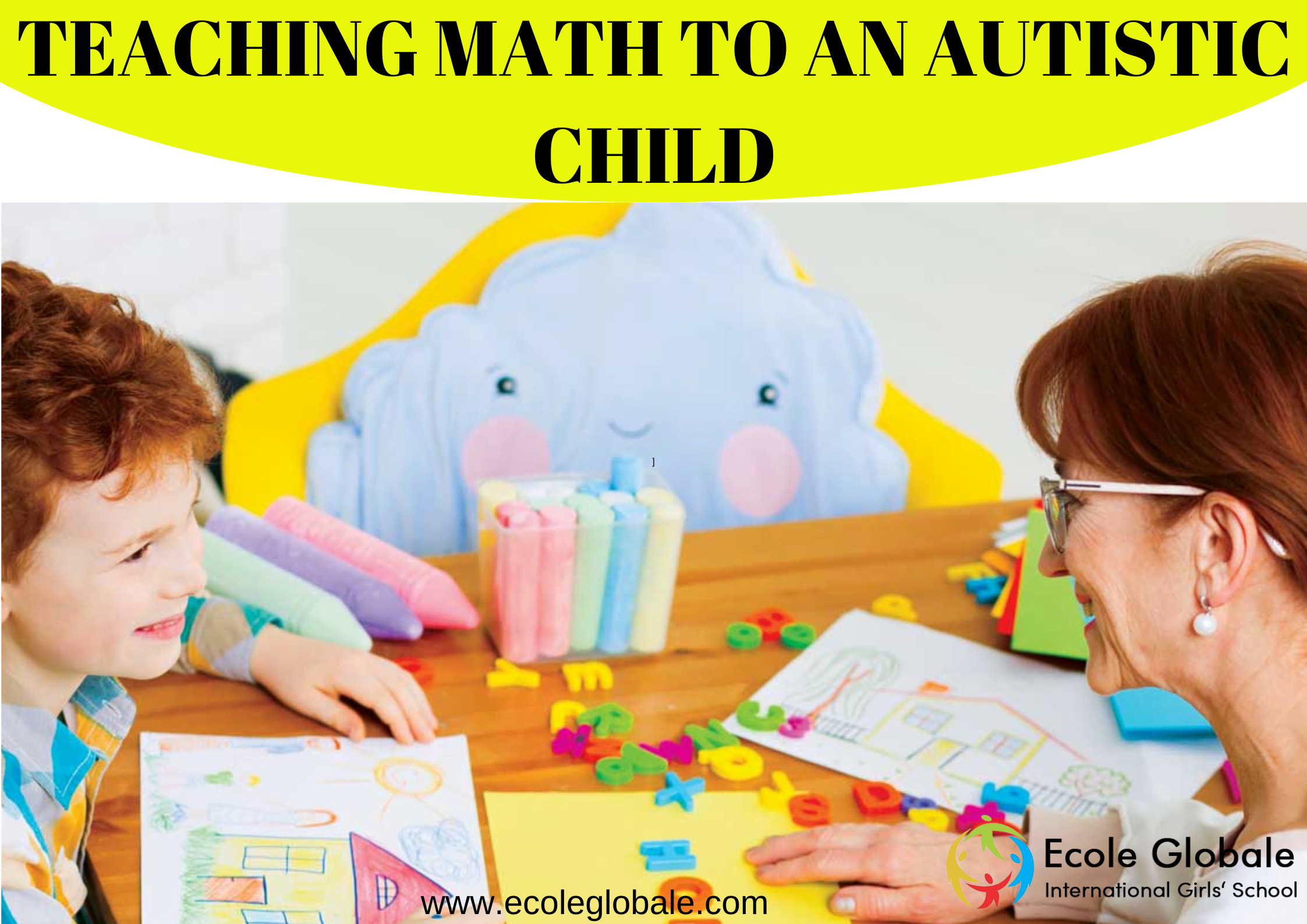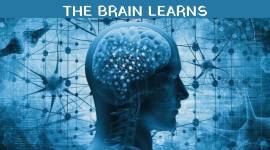If you’re preparing to teach arithmetic to a kid with autism, you’ll quickly learn that there will be plenty of wonderful a-ha moments as well as a few hurdles. Using precise tactics and getting to know your child on an academic level, on the other hand, can make the experience more pleasurable for both of you and help you overcome any barriers with ease.
This page contains information that will be helpful to anyone teaching math to a child with autism. You’ll learn why certain autistic students excel in arithmetic, as well as what to look for in a math curriculum.
MATH AND AUTISM
In recent years, evidence has revealed that children with autism may have specific mathematical cognitive skills. That theory appears to be supported by a study published in the journal Biological Psychiatry in 2013.
When children with autism solve math problems, particular regions of their brain are stimulated, and they employ different techniques to solve these problems than pupils without autism, according to researchers. In the study, children with autism employed deconstruction twice as much as typically developing kids when solving addition problems. To obtain the answer, this technique includes breaking down each problem into smaller ones.
HOW TO TEACH MATH TO AN AUTISTIC CHILD
Because Autism Spectrum Disorder is so diverse, there is no one-size-fits-all approach to teaching math to students with autism. Each child, like all students, has his or her own preferred method of learning, as well as unique talents and shortcomings. Getting to know your child on a variety of levels will help you determine which teaching style will be most effective. Many online curricular sites, on the other hand, provide visual representation and grouping, which is similar to the usage of physical manipulatives in the classroom, which is frequently beneficial to children on the spectrum. Because many kids on the spectrum view and understand things in physical terms, displaying an actual representation of the number of items you’re adding, removing, or multiplying can be helpful.
Following these ideas can help you teach math to students with autism:
- Find out what your youngster enjoys doing and utilize that to teach math principles.
- Use multimedia teaching tools to capitalize on their visual-spatial learning style.
- Make a list of arithmetic facts for your youngster to refer to anytime they need them.
- Teach arithmetic topics using visual examples and spoken directions for students who are partially verbal or nonverbal.
- Playing games using flashcards, apps, or an online curriculum can make teaching arithmetic more enjoyable.
- Use technology to assist children with less developed fine motor skills.
- To keep students motivated, provide praise as often as feasible.
- Instead of asking yes or no questions, use a multiple-choice approach.
MATH CURRICULUM FOR AUTISTIC STUDENTS
Arithmetic curriculum selection is crucial when teaching math to students with autism. Finding a math curriculum for autistic pupils doesn’t have to be a difficult task. Using tried-and-true tactics can make the teaching and learning process less stressful and a lot more pleasurable for both parties.
When looking for the best math curriculum for autistic pupils, consider the following questions:
- What are my child’s strengths in math?
- Is it possible to change the math curriculum to emphasize certain skills?
- In what ways does the math program address my child’s weak spots?
When looking for math programs for students with autism, answering these questions will give you a major advantage.
3 WAYS TO TEACH MATH
PRINCIPLE OF CONCRETE TO ABSTRACT
The concrete-to-abstract principle, as the name implies, entails starting with concrete instances and gradually progressing to more abstract concepts.
You may easily accomplish this by allowing youngsters to see, feel, touch, and even smell many objects in their environment. Teach kids how to play with the objects while applying fundamental math operations like addition once they’re comfortable with them.
You can, for example, play with food toys. Request five food items, three bananas, and two apples from the child. Before attempting to solve addition problems on paper, just introducing numbers while playing with physical items will help the youngster become more comfortable and intuitively grasp some basic addition processes. You may also use transitional items like flashcards and an abacus, which we’ll go over later, to gradually move from real things to pen and paper.
PRINCIPLE OF FAMILIARITY
Because arithmetic is all around us, it is simple to introduce math principles into a child’s daily life. This will assist them in learning without becoming frustrated or overwhelmed. Where do I begin? “Doesn’t this plate look like a circle?” is a good place to start with the association. Do you see a rectangle in this structure? Is there anything in this room that is formed like a triangle? “Could you please bring me three toys?” Before you show them the flashcards or worksheets, children will learn how to recognize and understand math concepts by simply using them in everyday life.
THE PRINCIPLE OF GENERALIZATION
The generalization concept is another notion that can be quite useful when teaching arithmetic to students with autism. To put it another way, utilizing multiple diverse instances of the same concept to assist children to understand that the principle applies to a wide range of items, not only apples, for example.
This is especially advantageous because children with autism frequently have difficulty “generalizing” skills and information. What we mean is that autistic children may be extraordinarily skilled at something or know a lot about something under certain circumstances, but when those circumstances change or the scenario changes, they have trouble exhibiting their skill or knowledge.
For any queries related to parenting, schooling, or for any student-related tips, click here to check out our latest blogs









